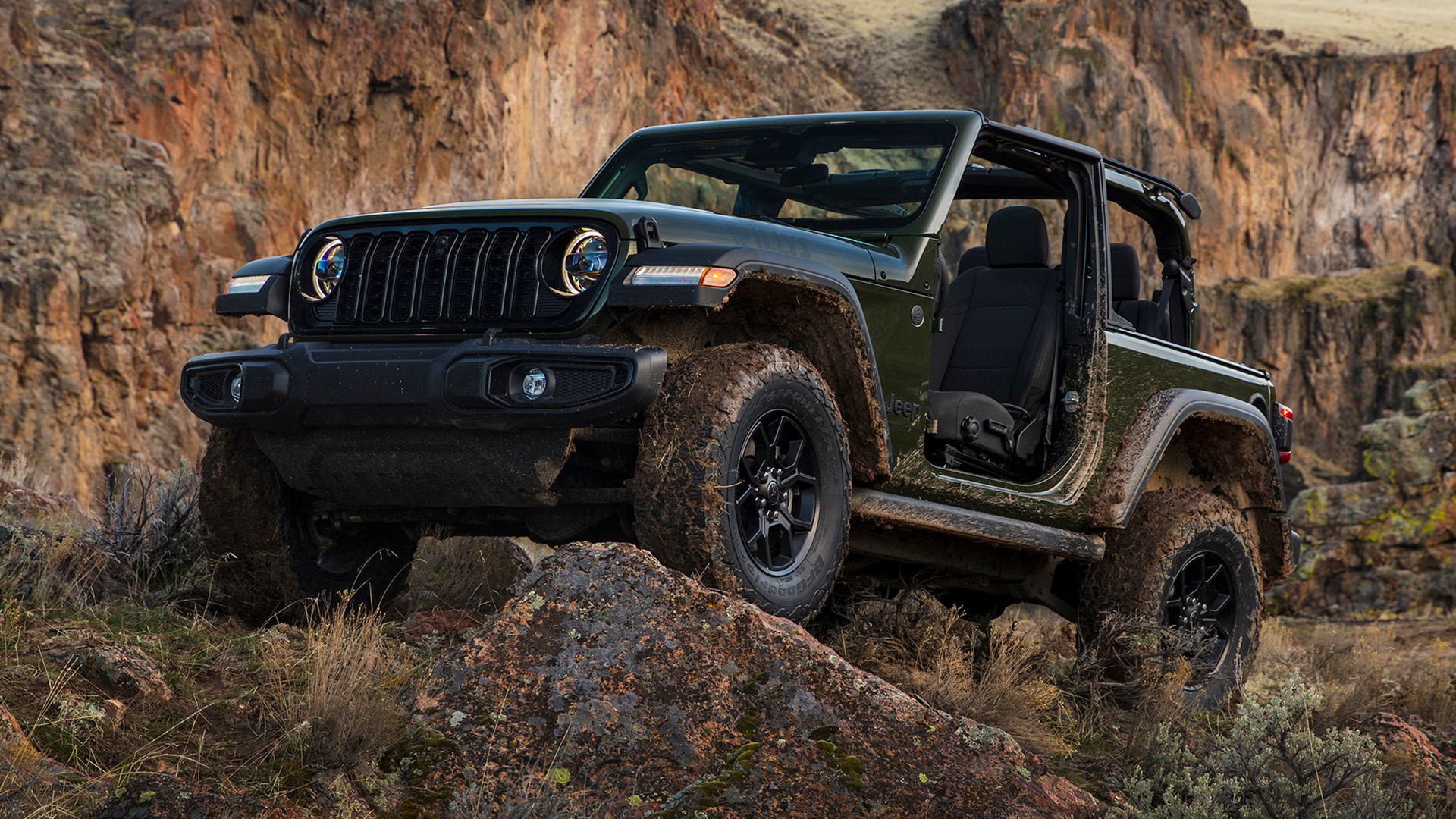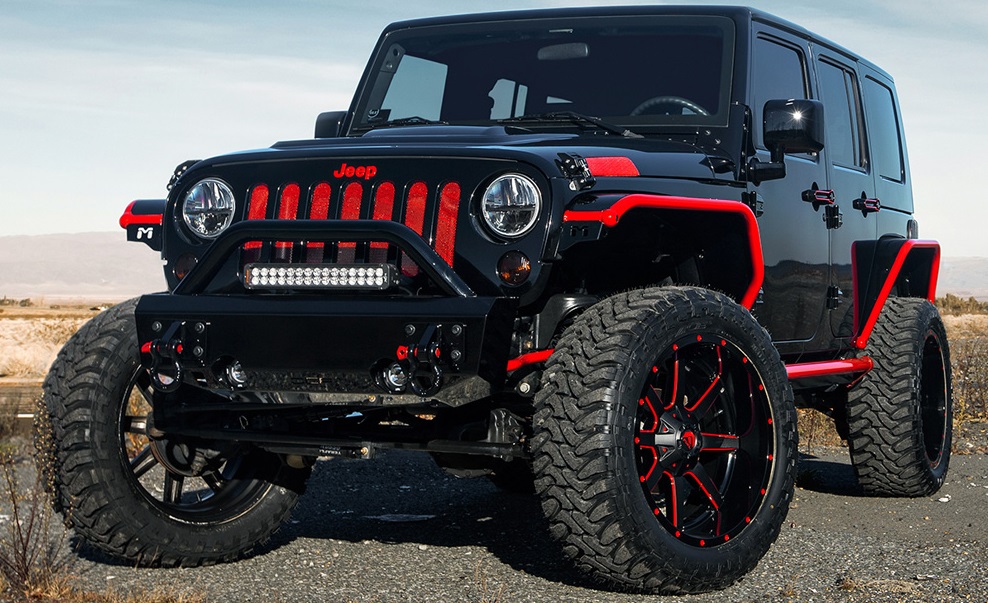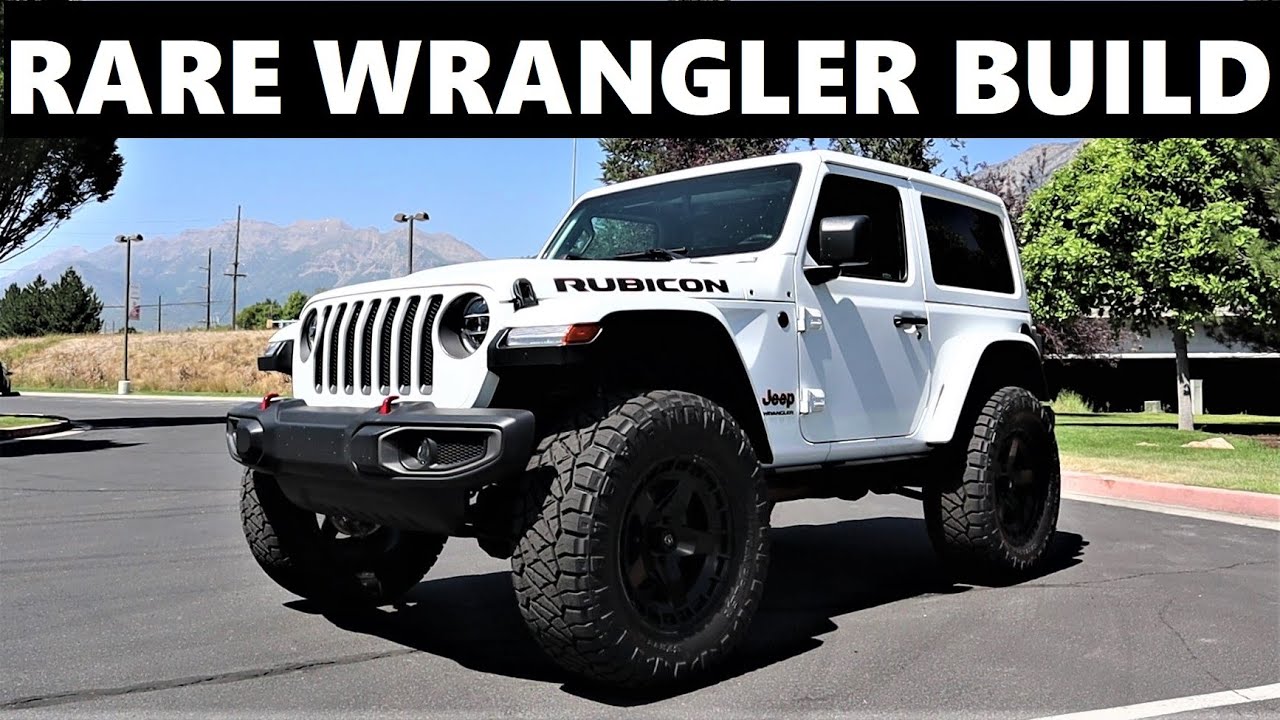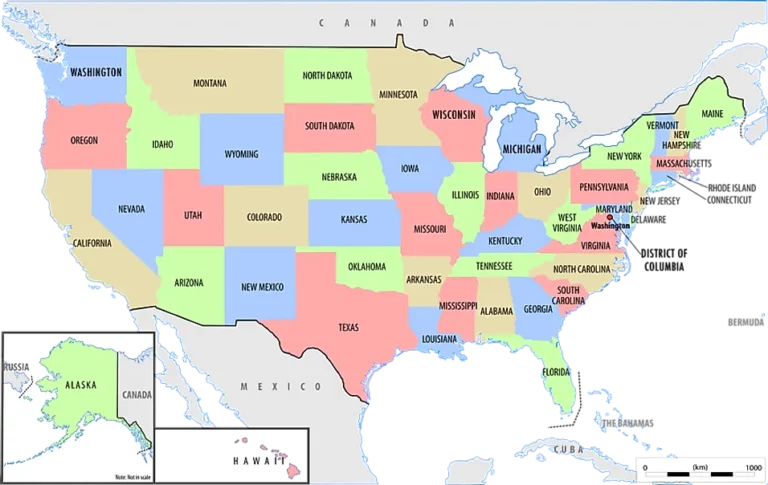Wrangler Jeep Off Road: Conquering the Wild with Legendary Capability
Wrangler Jeep Off Road: Conquering the Wild with Legendary Capability jeeps.truckstrend.com
The call of the wild is an irresistible siren for many, beckoning adventurers to leave the paved path behind and explore untamed landscapes. For those who answer this call, the Wrangler Jeep Off Road experience stands as the ultimate embodiment of freedom, capability, and raw adventure. More than just a vehicle, the Wrangler is a cultural icon, purpose-built to tackle the most formidable terrains imaginable, transforming challenging trails into exhilarating playgrounds. It represents a commitment to exploration, a connection to nature, and the thrill of pushing boundaries.
This comprehensive guide will delve deep into the world of Wrangler Jeep Off Road, exploring what makes this vehicle so uniquely suited for the rugged outdoors, offering practical advice, essential tips, and insights to help you embark on your own off-road odyssey safely and confidently.
Wrangler Jeep Off Road: Conquering the Wild with Legendary Capability
Why the Wrangler Reigns Supreme in Off-Road Dominance
At the heart of the Wrangler’s off-road prowess lies a heritage forged in military utility and refined over decades. Unlike many SUVs that merely offer all-wheel drive, the Wrangler is engineered from the ground up for extreme off-road conditions.
- Robust Body-on-Frame Construction: Provides superior strength and durability, allowing the chassis to flex independently of the body, crucial for maintaining tire contact on uneven terrain.
- Solid Axles (Front and Rear): Offer exceptional articulation, allowing wheels to move up and down independently, keeping all four tires on the ground for maximum traction over obstacles.
- Advanced 4×4 Systems: From the Command-Trac® part-time 4×4 system to the Rock-Trac® full-time 4×4 system with a 4:1 low-range gear ratio, Wranglers are equipped to deliver incredible torque at low speeds, essential for crawling over rocks or through deep mud.
- High Ground Clearance: Ensures the undercarriage clears obstacles, minimizing the risk of damage.
- Impressive Angles: Superior approach, departure, and breakover angles allow the Wrangler to climb steep inclines, descend sharp drops, and traverse crests without scraping.
- Disconnectable Sway Bars (Rubicon Models): For maximum articulation, the front sway bar can be electronically disconnected, allowing wheels to drop further into ruts and over obstacles.
- Locking Differentials (Rubicon Models): Electronically lock the front and rear axles, forcing both wheels on an axle to spin at the same rate, providing unstoppable traction when one wheel loses grip.

These core features, combined with its compact wheelbase and nimble maneuverability, solidify the Wrangler’s reputation as the undisputed king of off-road vehicles.
Understanding Wrangler Off-Road Models and Trims
While all Wranglers are off-road capable, certain trims are designed for more extreme adventures.
- Jeep Wrangler Sport/Sport S: The entry point, still highly capable with Command-Trac® 4×4, solid axles, and good ground clearance. Ideal for beginners or those tackling moderate trails.
- Jeep Wrangler Willys: Builds on the Sport with a limited-slip rear differential, larger tires, rock rails, and Rubicon shocks, offering enhanced off-road performance.
- Jeep Wrangler Sahara: More focused on comfort and daily drivability, but still retains excellent off-road capability. Often chosen for a blend of on-road refinement and occasional trail use.
- Jeep Wrangler Rubicon: The undisputed champion of the lineup. Equipped with the heavy-duty Rock-Trac® 4×4 system (4:1 low range), electronic locking front and rear differentials, electronic sway bar disconnect, larger off-road tires, and robust rock rails. This trim is designed for the most challenging trails and rock crawling.
- Jeep Wrangler Rubicon 392: The pinnacle of performance, featuring a powerful 6.4L HEMI V8 engine alongside all the Rubicon’s off-road hardware, offering incredible speed and capability.

Choosing the right trim depends on your intended use and the severity of the trails you plan to conquer.
Essential Off-Road Gear & Modifications
To maximize your Wrangler’s off-road potential and ensure safety, consider these additions:
- All-Terrain (A/T) or Mud-Terrain (M/T) Tires: The single most important upgrade. A/T tires are versatile; M/T tires offer superior grip in mud, sand, and rocks but can be louder on pavement.
- Lift Kit: Increases ground clearance and allows for larger tires, improving approach/departure angles and articulation.
- Winch: An invaluable self-recovery tool for getting unstuck or helping others.
- Recovery Gear: Snatch strap/recovery rope, D-rings, tree saver strap, shovel, hi-lift jack (with appropriate lifting points).
- Underbody Protection: Skid plates for the oil pan, transmission, transfer case, and fuel tank, and rock sliders to protect rocker panels.
- Off-Road Lighting: Auxiliary lights for improved visibility during night wheeling.
- Air Compressor and Tire Deflator: Crucial for airing down tires on the trail for better traction and airing them back up for road travel.
Mastering Off-Road Techniques
Safe and effective off-roading requires skill and practice.
- Tire Pressure Management (Airing Down): Reduce tire pressure (e.g., to 12-20 PSI) to increase the tire’s contact patch, improving traction over rocks, sand, and mud, and providing a smoother ride. Remember to air back up for pavement.
- Throttle Control: Smooth, consistent throttle application is key. Avoid jerky movements. Use low range (4L) for maximum torque and control at slow speeds.
- Picking Your Line: Walk the trail if unsure. Identify the path that maximizes traction, avoids obstacles, and protects your vehicle’s undercarriage. Aim for the high ground with your differentials.
- Obstacle Negotiation:
- Rocks: Approach slowly. Use low range. Aim to place tires on top of larger rocks for traction and clearance.
- Mud: Maintain momentum, but avoid excessive wheel spin. Keep steering straight.
- Sand: Air down significantly. Maintain consistent momentum. Avoid sudden stops or turns.
- Water Crossings: Check depth. Drive slowly and steadily to avoid creating a bow wave that could flood the engine. Understand your Wrangler’s water-fording depth.
- Spotting: When navigating difficult terrain, have a spotter outside the vehicle to guide you, providing clear hand signals or radio commands.
- Vehicle Recovery: Understand how to use your winch and recovery gear safely. Never attach recovery straps to suspension components or bumpers not rated for recovery.
Pre-Trip Planning & Safety
Preparation is paramount for a successful and safe off-road trip.
- Know Your Route: Research the trail difficulty, terrain type, and any permits required. Use reliable off-road mapping apps (e.g., Gaia GPS, OnX Offroad).
- Vehicle Inspection: Check fluids, tire pressure (including spare), battery, brakes, and lights. Ensure all recovery gear is present and accessible.
- Pack Essentials: First-aid kit, fire extinguisher, sufficient water and food, extra fuel, communication devices (satellite messenger, two-way radio), tools, spare parts (belts, hoses).
- Travel with a Group: Always ideal. If solo, inform someone of your itinerary and expected return time.
- Weather Awareness: Check forecasts. Rain can drastically change trail conditions.
Common Off-Road Challenges & Solutions
- Getting Stuck: The most common challenge.
- Solution: Assess the situation. Try gentle rocking (forward/reverse). If that fails, deploy recovery gear (winch, snatch strap with another vehicle, traction boards).
- Mechanical Issues: Overheating, flat tires, broken components.
- Solution: Regular maintenance, carry basic tools and spare parts, know how to make field repairs, and have a communication plan for emergencies.
- Environmental Impact: Leaving no trace.
- Solution: Stick to marked trails, pack out all trash, avoid disturbing wildlife, and respect private property. Adhere to "Tread Lightly!" principles.
The Off-Road Community & Etiquette
The off-road community is vibrant and supportive. Joining a local Jeep club or online forum can provide invaluable knowledge, camaraderie, and opportunities for group outings. Remember:
- Be Prepared to Help: If you see a fellow off-roader in distress, offer assistance.
- Communicate: Use CB radios or GMRS radios for trail communication.
- Practice "Tread Lightly!": Travel responsibly, respect the environment, educate yourself, avoid sensitive areas, and minimize impact.
Wrangler Jeep Off Road: New Model Price Estimates (MSRP)
Please note that these are manufacturer’s suggested retail prices (MSRPs) for new models and can vary significantly based on trim level, optional packages, dealer markups, and location. Used models will vary widely based on year, mileage, condition, and modifications.
| Model/Trim | Starting MSRP (Approx. USD) | Key Off-Road Features | Best For |
|---|---|---|---|
| Wrangler Sport | $32,000 – $35,000 | Command-Trac® 4×4, Solid Axles, Good Ground Clearance | Beginners, Moderate Trails, Daily Driving |
| Wrangler Willys | $37,000 – $40,000 | Adds Limited-Slip Rear Diff, 32-inch Mud-Terrain Tires, Rock Rails, Rubicon Shocks | Enhanced Capability, More Aggressive Styling |
| Wrangler Sahara | $40,000 – $43,000 | Selec-Trac® Full-Time 4×4 (optional), Premium Interior, Good for mild trails. | Comfort, Occasional Off-Road, Daily Driver |
| Wrangler Rubicon | $45,000 – $50,000 | Rock-Trac® 4×4 (4:1 low range), Electronic Locking Diffs (front/rear), Electronic Sway Bar Disconnect, 33-inch Off-Road Tires, Rock Rails | Serious Off-Roading, Rock Crawling, Extreme Trails |
| Wrangler Rubicon 392 | $85,000+ | 6.4L HEMI V8, All Rubicon Features, Fox Shocks, High-Performance Brakes | High-Performance Off-Roading, Enthusiasts |
Prices are estimates and subject to change by manufacturer and dealer.
Frequently Asked Questions (FAQ) about Wrangler Jeep Off Road
Q1: Is a stock Wrangler good enough for off-road?
A1: Absolutely! Even a stock Wrangler Sport is incredibly capable on moderate trails. The Rubicon trim is designed to handle very difficult trails right off the lot.
Q2: What are the best tires for off-roading?
A2: It depends on the terrain. All-Terrain (A/T) tires are a good balance for mixed use. Mud-Terrain (M/T) tires excel in mud and rocky conditions but are louder on pavement. For sand, a wider tire with lower pressure is often preferred.
Q3: Do I need a lift kit?
A3: Not necessarily for light to moderate trails. A lift kit increases ground clearance and allows for larger tires, which is beneficial for more challenging obstacles and improved articulation.
Q4: What’s the most important piece of recovery gear?
A4: A quality recovery strap or rope is essential for getting unstuck with the help of another vehicle. A winch is invaluable for self-recovery.
Q5: How do I air down my tires for off-roading?
A5: Use a tire deflator (a simple tool available at any auto store) to lower your tire pressure to typically 12-20 PSI, depending on terrain and tire size. Remember to reinflate to road pressure before hitting pavement again.
Q6: What’s the difference between 4H and 4L?
A6: 4H (4-High) is for situations where you need extra traction at higher speeds, like slippery roads or light trails. 4L (4-Low) engages a lower gear ratio, providing maximum torque and slow-speed control, ideal for crawling over rocks, climbing steep hills, or traversing deep mud. Always be stationary and in neutral to shift into 4L.
Q7: Can I take my Jeep Wrangler through water?
A7: Yes, Wranglers are designed for water crossings up to a certain depth (check your owner’s manual for specific figures, typically around 30 inches for a stock Rubicon). Drive slowly to avoid a "bow wave" entering the engine bay, and always assess the depth and bottom conditions first.
Conclusion
The Wrangler Jeep Off Road experience is more than just driving; it’s an immersive adventure that tests both vehicle and driver. With its legendary capability, the Jeep Wrangler offers an unparalleled gateway to explore the world beyond the asphalt. By understanding your vehicle, equipping it properly, mastering essential techniques, and prioritizing safety, you can confidently navigate challenging terrains and create unforgettable memories. The trail awaits – embrace the spirit of adventure and discover the wild beauty that only a Wrangler can unlock.






